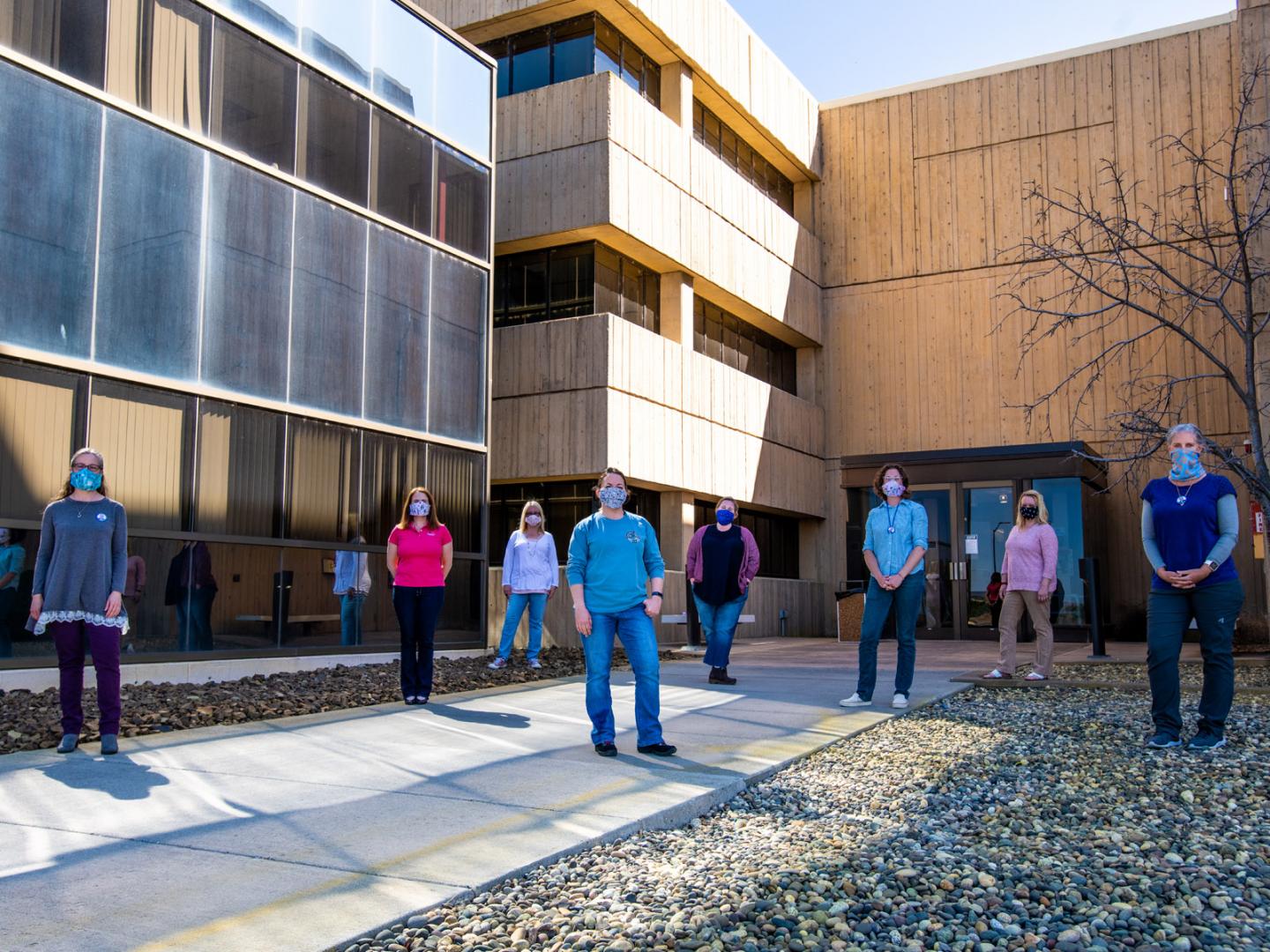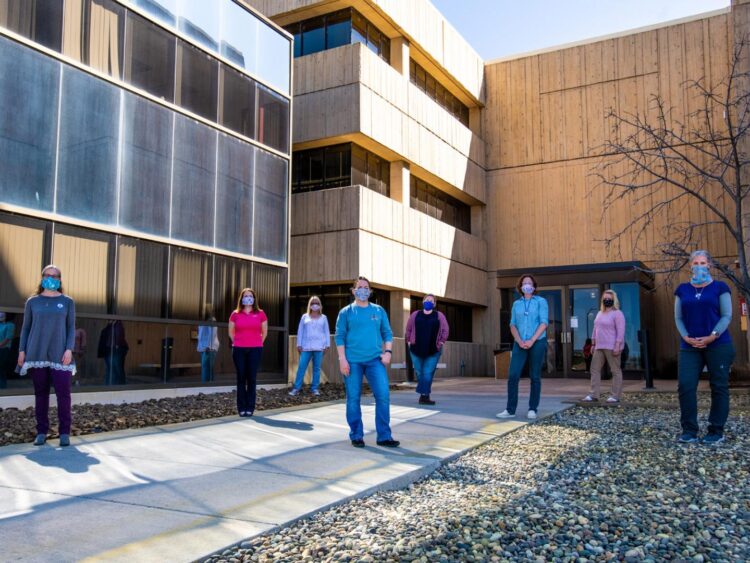Collaborative research leads to newly approved testing technology

Credit: Photo by Andrea Starr | PNNL
RICHLAND, Wash. – The nation’s ability to test for COVID-19 has expanded, thanks to work at the U.S. Department of Energy’s Pacific Northwest National Laboratory in collaboration with the University of Washington.
At the request of the Federal Emergency Management Agency COVID-19 Supply Chain Task Force, a DOE team led by PNNL scientist Kristin Omberg analyzed kits that could be used as a critical part of a laboratory test used to detect the virus in a sample from an infected person.
In a collaborative research effort between PNNL and UW laboratories, the PNNL team established performance for kits from additional manufacturers for use with the Centers for Disease Control and Prevention 2019-nCoV Real-Time RT-PCR Diagnostic Panel to detect and inactivate the virus.
The U.S. Food and Drug Administration has listed two additional kits as options that labs can consider using in the fight against COVID-19, boosting the supply of chemicals and supplies linked to a critical step in the testing process.
DOE’s Office of Science supported this research through the National Virtual Biotechnology Laboratory, a consortium of all 17 DOE national laboratories focused on response to COVID-19, with funding provided by the Coronavirus CARES Act. This team takes advantage of DOE core capabilities and user facilities to address key challenges in responding to the COVID-19 threat in areas including pandemic modeling and response, advanced manufacturing to address supply chain disruptions, computational design of medical therapeutics, and diagnostic testing research and development.
“We are pleased the DOE labs, their user facilities and their scientific talent are partnering in the whole of government response to COVID-19,” said Chris Fall, director of DOE’s Office of Science and DOE’s head of the agency’s response to COVID-19. “The rapid response by the NVBL consortium, and by PNNL in particular, to this FEMA request will make a material difference in the nation’s COVID-19 testing capacity.”
Focus on extraction reagents
The team’s work addresses severe shortages of extraction reagents, which are having an impact on the work of many testing labs across the nation. The scientists studied the ability of the kits to extract the RNA from the virus, a process that makes the virus easier to measure, and confirmed that the kits inactivate the virus – making it safe for widespread testing and analysis. Proper extraction of the virus from a sample is a critical step in the testing process, and labs cannot test patients without these kits. By showing that additional kits can be used for COVID-19 testing, the scientists have helped improve access and availability of diagnostic testing.
The PNNL team found that the two products perform similarly to kits already available for use.
A team of eight scientists from PNNL did the work in laboratories at PNNL in Richland and at UW in Seattle. The work at PNNL took place in a research laboratory specially licensed by the state of Washington to analyze COVID-19 specimens. The testing done at PNNL did not involve live coronavirus. Instead, scientists tested simulated viral specimens, a mix of RNA and human cells – a method used by CDC for evaluating performance.
“In our testing laboratory, we had to develop and follow procedures for maintaining social distancing,” said Omberg. “We’ve actually used three separate laboratories, with tape on the floors to indicate each person’s work space.”
“It was a huge team effort to deliver these results in a timely manner. But we’ve talked to a lot of labs in Washington and elsewhere that are struggling to keep up with the demand for testing because they can’t get supplies, and we really wanted to help them. It’s incredibly gratifying for our team to see this work having a national-level impact,” Omberg added.
Testing expertise extends to other biothreats
The work builds on PNNL’s long history countering biothreats, which includes research analyzing the effectiveness of testing for the Ebola and Zika viruses.
In its COVID-19 response, PNNL scientists are working with counterparts at DOE, CDC, the National Institutes of Health, the Department of Defense and others.
PNNL and UW have a long history of collaboration, resulting in joint work on numerous research projects and the appointment of scientists with special designations within the ranks of each institution. PNNL and the UW School of Medicine also have entered into a separate collaborative arrangement for the use of UW facilities and the exploration of new opportunities brought about by sharing space.
###
Media Contact
Tom Rickey
[email protected]





